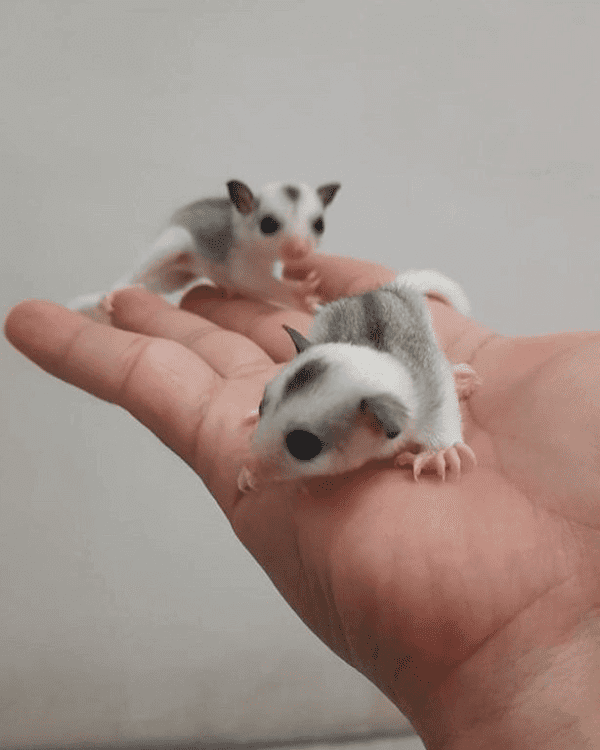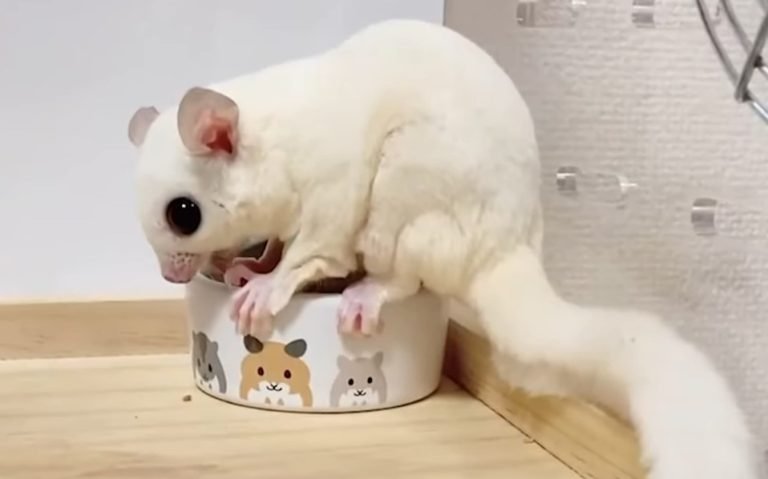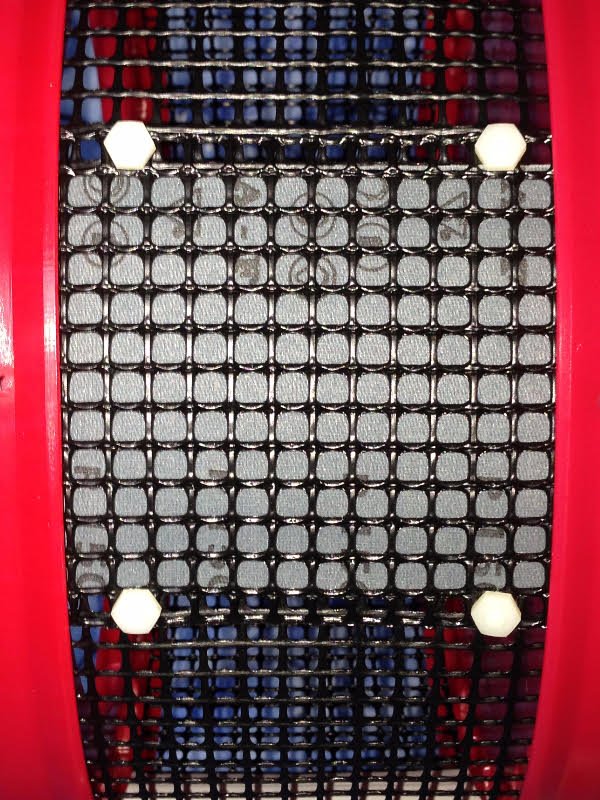Sugar Glider Pouch Infection
Did you know that sugar gliders, those adorable little creatures, can suffer from pouch infections? These infections are more common than you might think and can pose serious health risks if left untreated. That’s why it’s crucial to understand the causes and symptoms, ensuring early detection and prompt treatment.
Pouch infection affects both male and female sugar gliders, but females are particularly vulnerable due to their unique anatomy. If not addressed promptly, these infections can lead to discomfort, pain, and even life-threatening complications for your furry friend.
To keep your sugar gliders healthy, it is essential to focus on prevention and treatment. By maintaining good hygiene practices and regularly inspecting your glider’s pouch area for any signs of infection, you can help ensure their well-being.
Remember, a healthy sugar glider means happy gliders! So let’s dive into the world of sugar glider pouch infections and learn how to protect our beloved companions.
Causes and Symptoms of Pouch Infection in Sugar Gliders
Poor hygiene practices can contribute to pouch infections. Bacterial or fungal overgrowth often leads to infection. Symptoms include redness, swelling, discharge, and discomfort. Scratching or biting at the pouch area may indicate an infection.
Pouch infections in sugar gliders can occur due to poor hygiene practices. When owners neglect cleaning the pouch regularly, bacteria and fungi can thrive in the warm and moist environment, leading to infection.
Bacterial or fungal overgrowth is a common cause of pouch infections in sugar gliders. The presence of these microorganisms can disrupt the natural balance within the pouch and result in an infection. It is essential for owners to ensure proper cleanliness and hygiene to prevent such overgrowth.

Recognizing the symptoms of a pouch infection is crucial for early detection and treatment. Owners should look out for signs such as redness, swelling, discharge, and discomfort around the sugar glider’s pouch area. These symptoms indicate that an infection may be present.
Observing behavioral changes in sugar gliders can also help identify a potential pouch infection. If a sugar glider frequently scratches or bites at its pouch area, it could be a sign of discomfort caused by an underlying infection.
Prevention and Treatment Options for Pouch Infection
Regular cleaning of the pouch is essential for prevention. Avoid using harsh chemicals that may irritate the pouch lining. To prevent pouch infections in sugar gliders, follow these steps:
- Clean the pouch regularly: Gently remove any debris or soiled bedding from the pouch to maintain cleanliness.
- Use mild cleansers: Opt for gentle, non-irritating cleansers specifically designed for small animals. Avoid using harsh chemicals that can cause irritation or damage to the delicate pouch lining.
- Keep the environment clean: Ensure that the sugar glider’s living area is clean and free from potential sources of infection.
In case of a pouch infection, immediate treatment is crucial to prevent complications. Here are some options:
- Consult a veterinarian: Seek professional advice from a veterinarian experienced in treating sugar gliders to ensure accurate diagnosis and appropriate treatment.
- Antibiotics or antifungal medications: Depending on the severity of the infection, your veterinarian may prescribe antibiotics or antifungal medications to combat bacterial or fungal growth in the pouch.
- Follow treatment instructions: Administer medication as directed by your veterinarian and complete the full course of treatment to effectively eliminate the infection.
Remember, prompt action is essential when dealing with a sugar glider’s pouch infection. Regular cleaning, gentle hygiene practices, and timely veterinary intervention are key to preventing and treating these infections effectively.
Importance of Regular Pouch Hygiene and Care

Regular pouch hygiene and care are essential for the health and well-being of sugar gliders. Neglecting this aspect can lead to various issues, including infections. Here are some key points to keep in mind:
- Clean the pouch regularly: To prevent bacterial growth, it’s crucial to clean the sugar glider’s pouch on a regular basis. Use warm water or a mild saline solution for gentle cleaning.
- Avoid excessive handling: Excessive handling can introduce dirt or bacteria into the pouch, increasing the risk of infection. It’s important to handle your sugar glider with care and minimize unnecessary contact with their pouch.
- Monitor behavior and check the pouch: Keep an eye on your sugar glider’s behavior as changes may indicate potential problems. Regularly inspect their pouch for any signs of redness, swelling, discharge, or unusual odor.
- Seek veterinary help if needed: If you notice any concerning symptoms such as poor grooming, overgrooming, dehydration, weight loss, or nursing joeys showing signs of discomfort while in the pouch, it is advisable to consult a veterinarian. They can perform necessary examinations like fecal exams and provide appropriate treatment.
Taking proper care of your sugar glider’s pouch is vital for their overall well-being. By following these guidelines and maintaining good hygiene practices, you can help ensure that they stay healthy in the long term. Remember to provide them with a balanced diet, access to fresh water at all times, and schedule regular vet visits for preventive care. Don’t forget that dental health also plays a crucial role in their overall care; make sure their teeth are checked during vet visits too.
Common Presenting Problems: Mastitis and Pouch Disorders
Mastitis is a common issue among female sugar gliders, characterized by inflammation in their mammary glands. This condition can cause discomfort and requires veterinary attention. Symptoms such as swelling, pain, or abnormal lumps may indicate mastitis or other pouch disorders.
Pouch disorders, including abscesses or cysts, can also lead to problems for sugar gliders. These conditions can cause discomfort and require veterinary attention as well. It’s important to keep an eye out for any signs of pouch disorders to ensure early detection and prevent complications.
There are known causes that contribute to these issues. Injuries to the pouch area, tooth decay, obesity, or even unknown causes can all be factors leading to mastitis or other pouch disorders.
Early detection plays a crucial role in preventing complications from these conditions. Regularly checking your sugar glider’s pouch for any signs of abnormalities is essential. If you notice any swelling, pain, or abnormal lumps in the pouch area, it’s important to seek veterinary assistance promptly.
Managing Pouch Infection and Miscellaneous Disorders
Proper nutrition is crucial for managing pouch infections in sugar gliders. By providing a balanced diet rich in essential nutrients, you can support their immune system and promote healing. Regular veterinary check-ups are also important as they help identify any underlying issues that may contribute to recurrent infections. Your vet can provide guidance on dietary adjustments or supplements that may be necessary.
Stress levels can impact pouch health, so it’s vital to manage them through environmental enrichment. Providing toys, climbing structures, and interactive playtime can help keep your sugar glider mentally stimulated and reduce stress. Maintaining a clean and safe environment is crucial for preventing miscellaneous disorders such as bacterial infections or dental abscesses. Regularly cleaning the enclosure, ensuring proper ventilation, and using appropriate bedding materials are essential steps in creating a healthy living space for your pet.
Infections caused by parasites like giardiasis or urinary tract infections can also affect the pouch area. If your sugar glider shows signs of illness or infection such as diarrhea or wounds that won’t heal, it’s important to seek veterinary care promptly. The vet may prescribe medications to treat internal parasites or address specific infections.
Pain management is another aspect to consider when dealing with pouch-related issues. Your veterinarian can recommend suitable pain relief options if needed.
Overall, managing pouch infection and miscellaneous disorders requires a holistic approach that includes proper nutrition, regular veterinary care, stress reduction through environmental enrichment, cleanliness maintenance, prompt treatment of infections and illnesses, and effective pain management when necessary.
Remember to consult with a qualified veterinarian who specializes in exotic animals for personalized advice tailored to your sugar glider’s specific needs.
Final Thoughts
In conclusion, treating sugar glider pouch infections requires understanding the causes and symptoms, practicing prevention and proper treatment options, prioritizing regular pouch hygiene and care, and managing common presenting problems like mastitis and pouch disorders. It is crucial to address these issues promptly to ensure the well-being of your sugar glider.
To effectively treat pouch infections in sugar gliders, it is essential to maintain a clean environment for your pet. Regularly inspecting the pouch for any signs of infection such as redness, swelling, or discharge can help you identify potential problems early on. By practicing good hygiene habits and providing appropriate medical care when needed, you can minimize the risk of infection.
Remember that prevention is always better than cure. Taking preventive measures like keeping the cage clean and providing a balanced diet can significantly reduce the chances of pouch infections. Monitoring your sugar glider’s behavior and seeking veterinary advice at the first sign of trouble can make a significant difference in their overall health.
By following these guidelines and being proactive in caring for your sugar glider’s pouch health, you are ensuring their happiness and longevity as part of your family. Remember that proper education about their unique needs is vital for responsible pet ownership.
FAQs
1.How can I prevent sugar glider pouch infections?
To prevent sugar glider pouch infections, maintain a clean cage environment, provide a balanced diet rich in nutrients, monitor behavior closely for any signs of discomfort or infection, and seek veterinary advice promptly if necessary.
2.What are some common symptoms of pouch infections in sugar gliders?
Common symptoms may include redness or swelling around the pouch area, discharge or pus-like substance from the pouch opening, changes in behavior such as increased aggression or lethargy.
3.Can I treat mild cases of pouch infection at home?
Mild cases may be managed with proper hygiene practices such as cleaning the pouch area with a gentle antiseptic solution and ensuring the sugar glider has access to a clean and comfortable sleeping environment. However, it is always best to consult with a veterinarian for appropriate treatment.
4.Are there any specific products I should use for cleaning the sugar glider’s pouch?
It is recommended to use mild antiseptic solutions specifically formulated for small animals or as advised by your veterinarian. Avoid using harsh chemicals or strong disinfectants that may irritate or harm your sugar glider.
5.How often should I clean my sugar glider’s pouch?
It is generally recommended to inspect and clean the pouch regularly, at least once every week. However, if you notice any signs of infection or discomfort, more frequent cleaning may be necessary.







